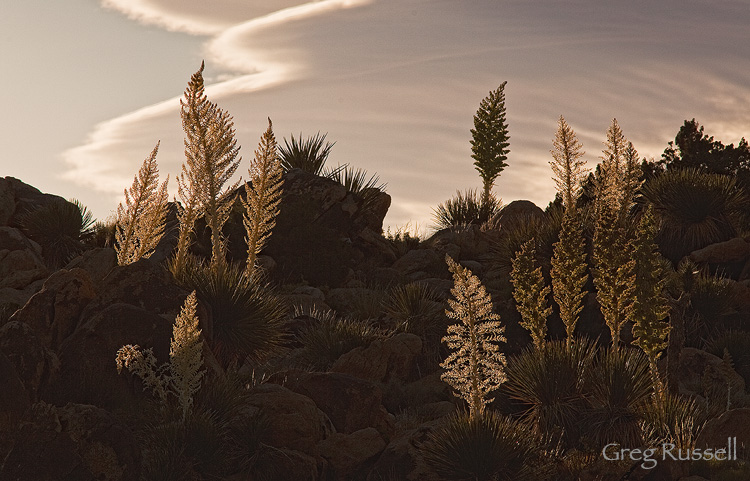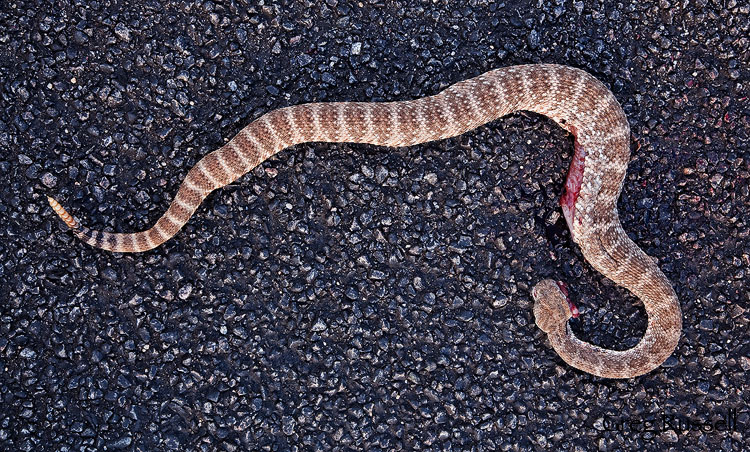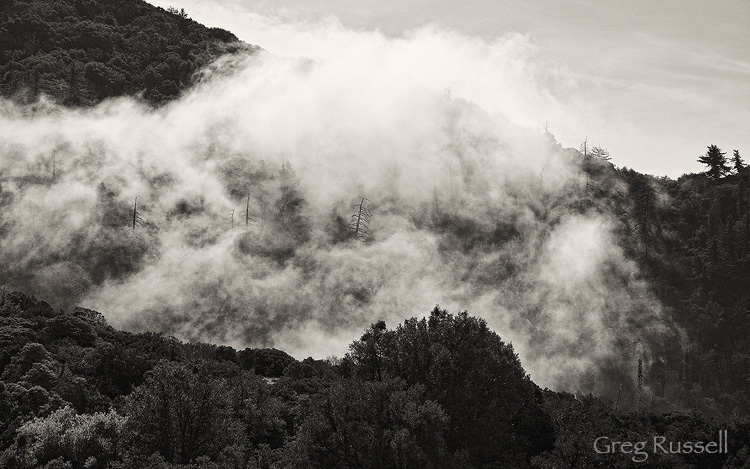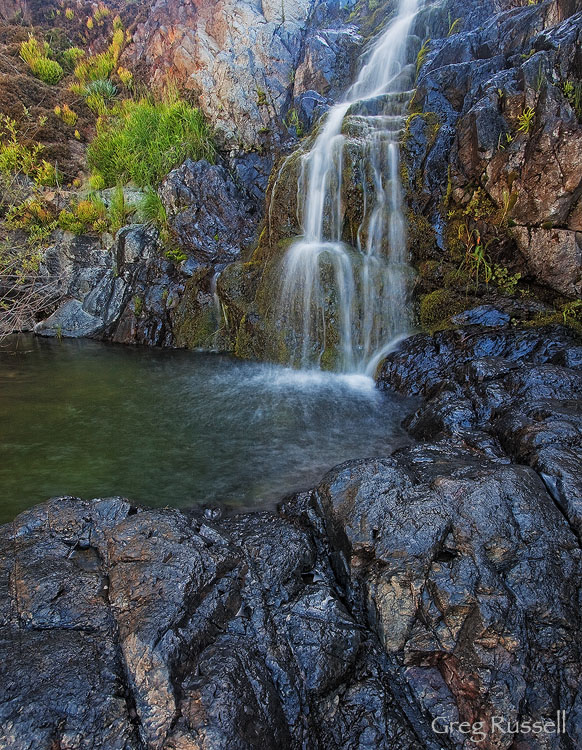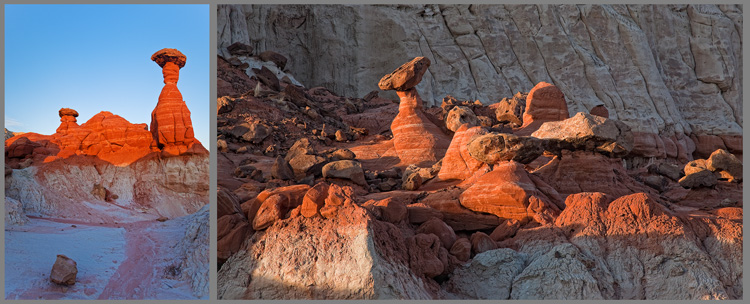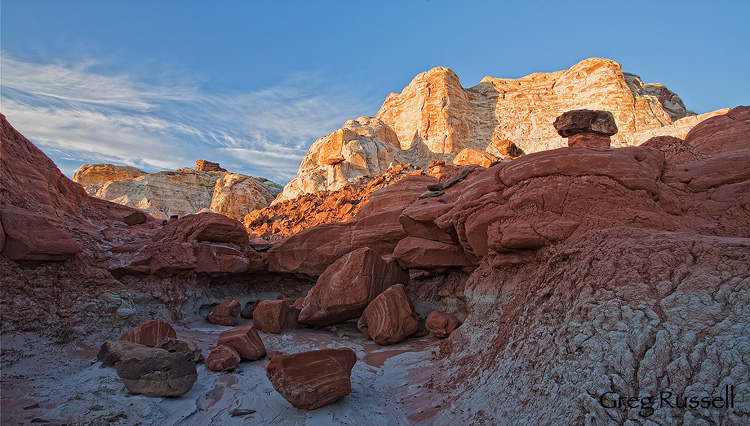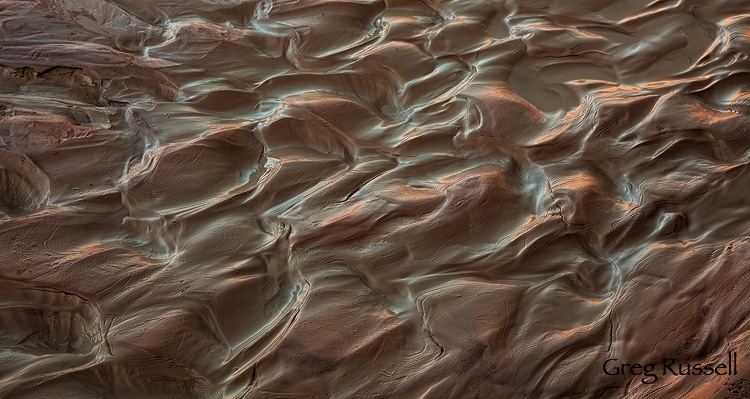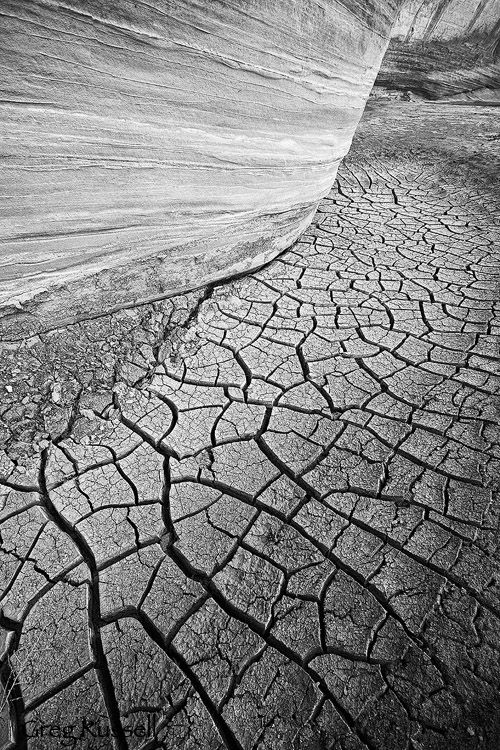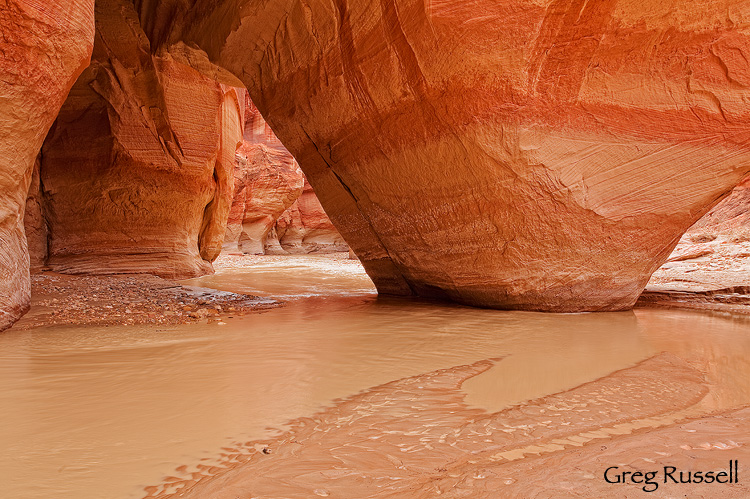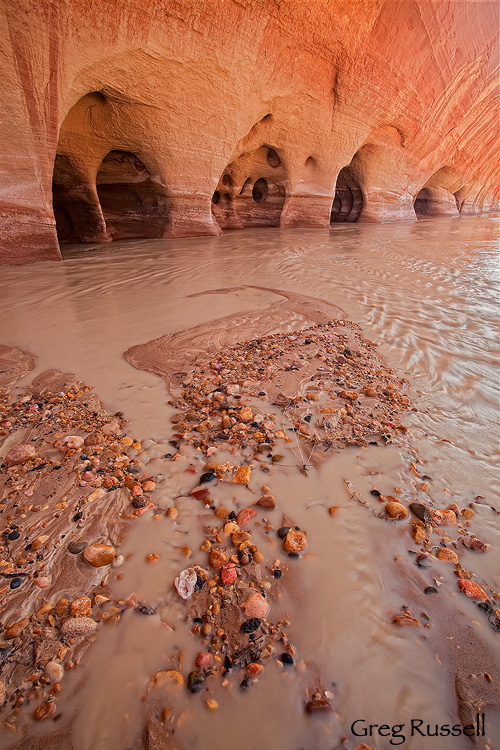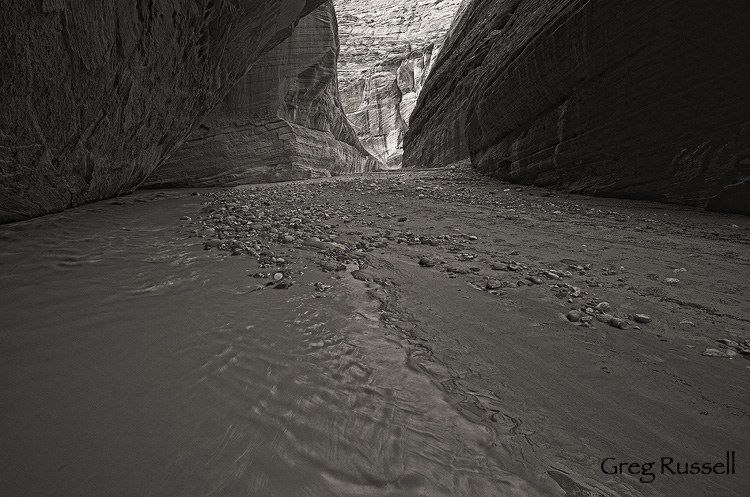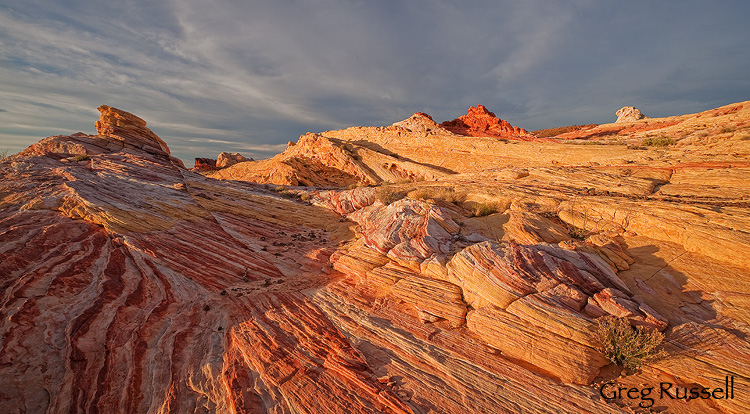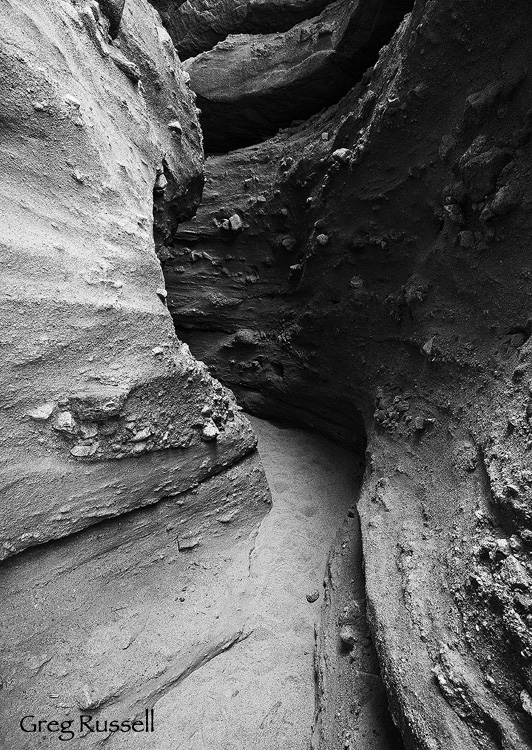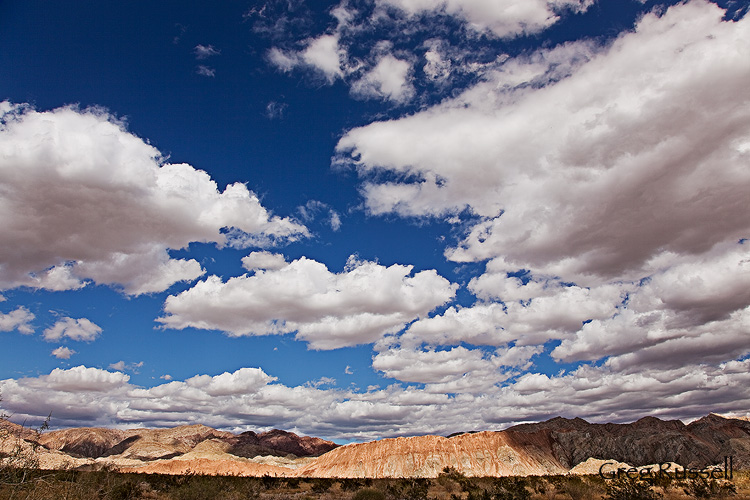If you have never listened to the wind, you should. It can really have a lot to say. This last week, it screamed, violently, through the midwestern United States, leaving a terrible path of destruction in its wake.
Some areas are known for their wind. Medicine Bow, Wyoming (home of the Virginian Hotel, made famous by Owen Wister), for instance is one of the windiest places in the United States. When I lived in Wyoming, a rancher once told me that the wind doesn’t blow 24 hours out of the whole year in Medicine Bow. I’m not sure how true that is, but I do know that a still day is difficult to come across. The wind’s constant howling through the rafters and windows of homes has driven people mad in Wyoming. Although it can’t be stopped, it can be used. Wind farms are becoming more and more common in the windy areas of the West as an alternative to coal-powered energy.
However, just as easily as it can destroy, wind can also be gentle, almost loving. The wind is a vital component of the weather, moving storms the feed plants and animals alike. The wind is a pollinator, and in polluted areas, it helps to clear the air.
Recently, on a quick trip out to Joshua Tree National Park, the wind blew all afternoon, and it must have been really blowing in the upper atmosphere, because a breath-taking lenticular cloud formed over the park. It dissipated before sunset, but these Parry’s Nolina (Nolina parryi) almost looked like they were dancing, sexily swaying their hips, in the late afternoon light. You can see the tail end of the lenticular in the sky.
The wind is definitely talking. What do you hear?

